What are the skills of making coffee by hand? How to make a good cup of coffee?
Professional coffee knowledge exchange more coffee bean information please follow the coffee workshop (Wechat official account cafe_style)
Today, let's talk about hand-made coffee ~ many fans have been struggling with it when they first came into contact with coffee. Why don't they make it so good? Where should I start? As a matter of fact, there are signs to follow in learning to make coffee by hand. most people do experience a lot of setbacks without the guidance of a teacher. Obviously, the coffee you drink in the store is very good, but why is it like "coffee-flavored mouthwash"?
In fact, hand-brewed coffee has certain physical and chemical principles, which can be understood from a simple scientific point of view, so you also have the opportunity to brew out a pot of good coffee in a systematic way. Today, the editor is going to teach you to fix the factors that can be extracted. And then catch the way to change the flavor of coffee!
What is "extraction rate"?
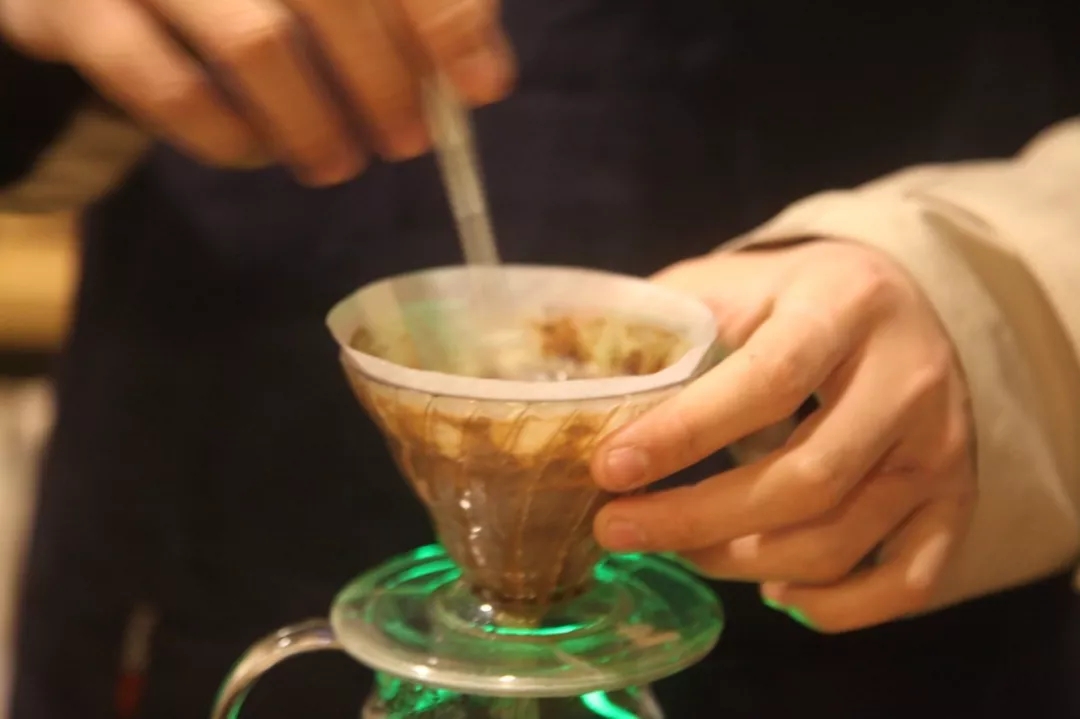
The "extraction rate" is the rate at which the substances in coffee powder (a variety of aromas) are dissolved in water.
The higher the extraction rate is, the more complex the taste and flavor of the liquid is, while the lower the extraction rate is, the opposite is.
So when we say "appropriate extraction rate", it means that this is a good cup of coffee with a balanced taste, but to make a good pot of coffee, you have to start with the following three indicators: "water temperature", "grinding thickness", "powder-to-water ratio".
1. Water temperature
As we all know, the higher the temperature of water, the easier it is to dissolve sugar in it, which is related to the "dissolution rate", and the same is true of coffee. To extract the substance of coffee powder more completely, raising the temperature is an effective way. For example, when the editor usually communicates with guests, he will ask for data such as the water temperature when brewing. Beginners, please try to understand the relationship between your water temperature and coffee.
Because different areas have different room temperature, different appliances and even different capacities have different thermal insulation performance and temperature loss rate, the water temperature parameters given by others will not be completely suitable for application, beginners remember to fine-tune themselves according to the actual situation.
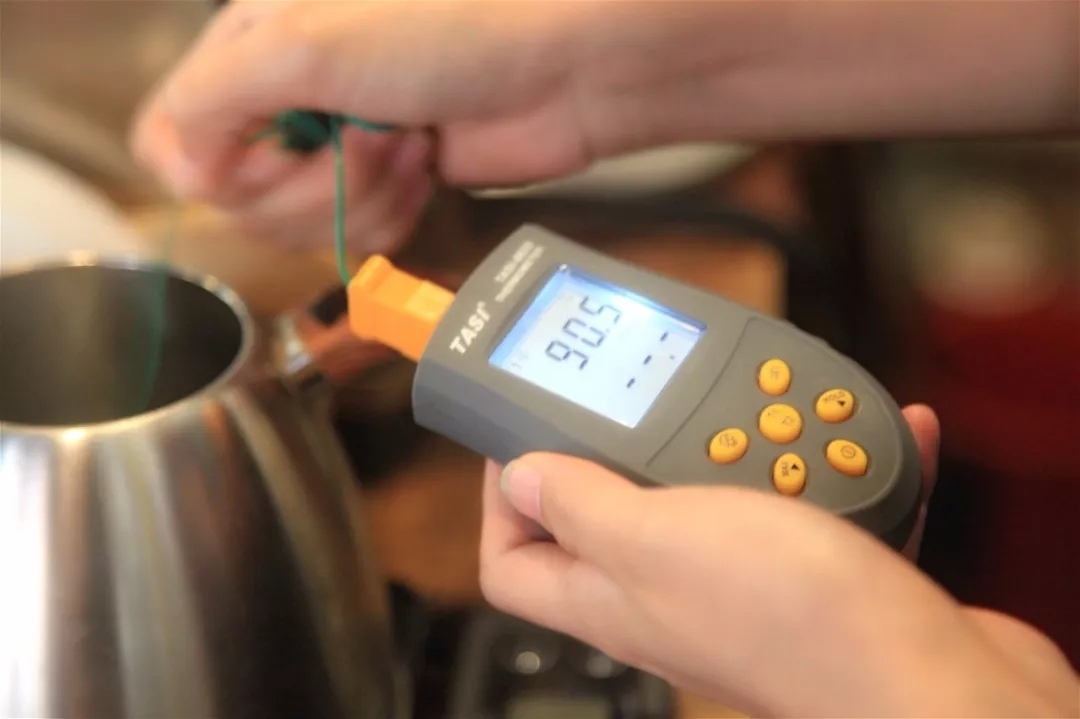
Generally speaking, editors always use 90 ℃ as the base temperature, if the bitter taste is too strong, you can lower this temperature slightly, while the general coffee temperature is 83 ℃ ~ 96 ℃, the editor thinks it is a good temperature range to present flavor.
[effect and adjustment of water temperature on flavor]
The higher the water temperature, the more substances can be extracted, you can obviously drink beans in the flower, fruit, caramel and other flavors, but once you use too high water temperature, "acid value" and "bitterness" will also become obvious.
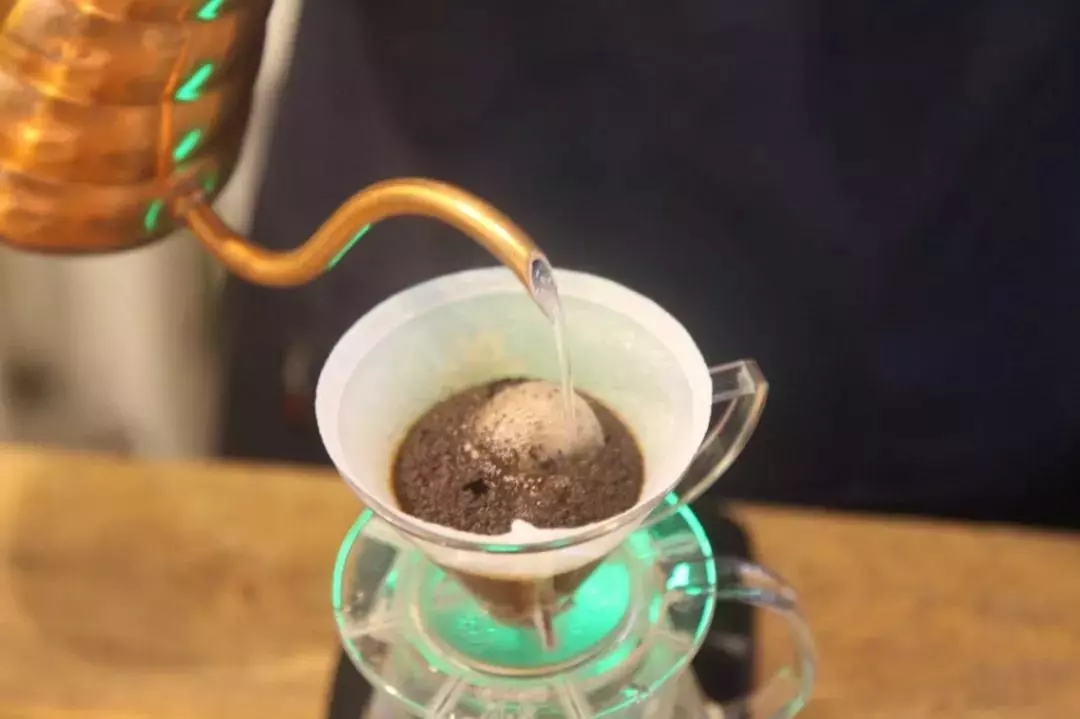
If it is the deeper the roasted coffee beans (there are oil-rich coffee powder, most of the beans put into the pot after the second explosion or later), you can try to lower the water temperature slightly; because the flower and fruit aroma of deep baked beans will be less than that of shallow roasting, mainly in drinking caramel and sweetness, or mellow, so you can actually use "cooling water" to weaken it.
High water temperature = more flavor, more bitter taste, obvious sour feeling.
The water temperature is low = the taste is flat, the bitterness is weakened, and the sweet feeling is better.
Second, the grinding thickness of coffee powder
The grinding thickness of coffee powder is related to the contact area between coffee powder and water. The finer the grinding, the larger the contact area with water and the more coffee substances can be dissolved.
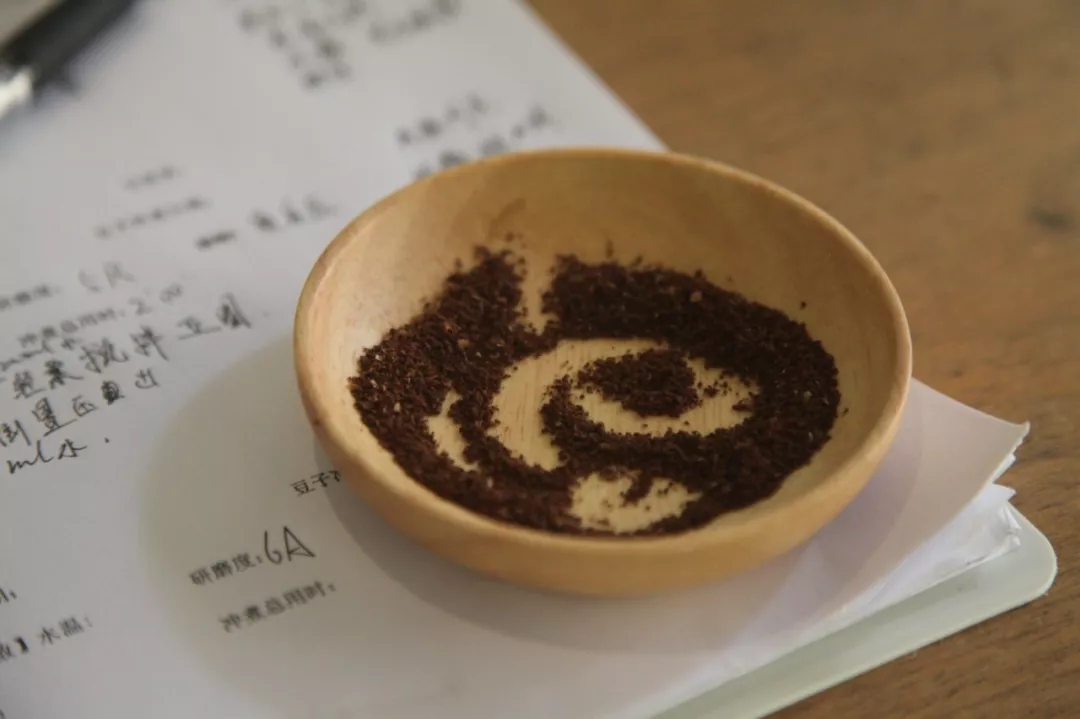
Some coffee experts will be very particular about the parameters of the bean grinder, such as "running speed" and "producing heat", because excessive heat will affect the flavor of coffee, and even reduce its flavor; and the amount of ultra-fine powder produced after grinding will also affect the extraction rate (for example, excessive extraction), uniformity (flavor stability), particle shape (cone, circle, cube), there are places to pay attention to.
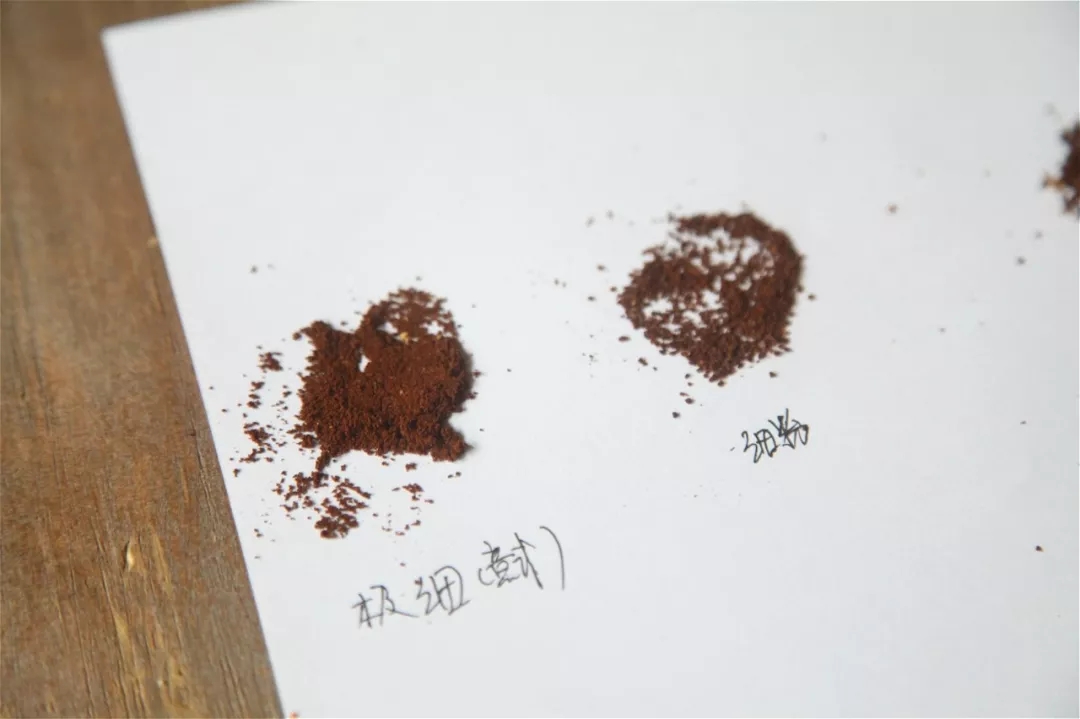
Generally speaking, "espresso" will grind the coffee powder very fine (as fine as powdered sugar and flour), but the grinding thickness of "hand-made" and "siphon pot" is usually the size of "fine sugar", which can be used as a reference for beginners.
[effect of grinding thickness of powder on flavor and its adjustment]
If you think the coffee is bitter and sour, you can thicken the grinding scale of the coffee powder, which can reduce the dissolved substance of the coffee and reduce the intense flavor; but if you think the flower and fruit aroma is not obvious enough, you can directly grind the powder to make it finer and make the flavor more detailed.
Fine grinding = more flavor, more bitter taste, obvious sour feeling.
Rough grinding = flat taste, less bitterness and better sweetness.
Third, the ratio of powder to water (ratio of powder to water)
This influence factor can be said to be the most obvious key factor affecting coffee. It can be said that it has lost so little that it has made a huge difference. It's hard to say?
It was mentioned earlier that after mixing powder and water together, suppose your coffee flavor is very extreme, such as "very sour" or "very bitter", then powder water is more likely to "enlarge" or "lower" these flavors than powder water, that is to say, powder-water ratio is related to thickness, so setting an appropriate powder-to-water ratio can effectively enhance and show the flavor of extraction, you can imagine it as an accelerated driver!
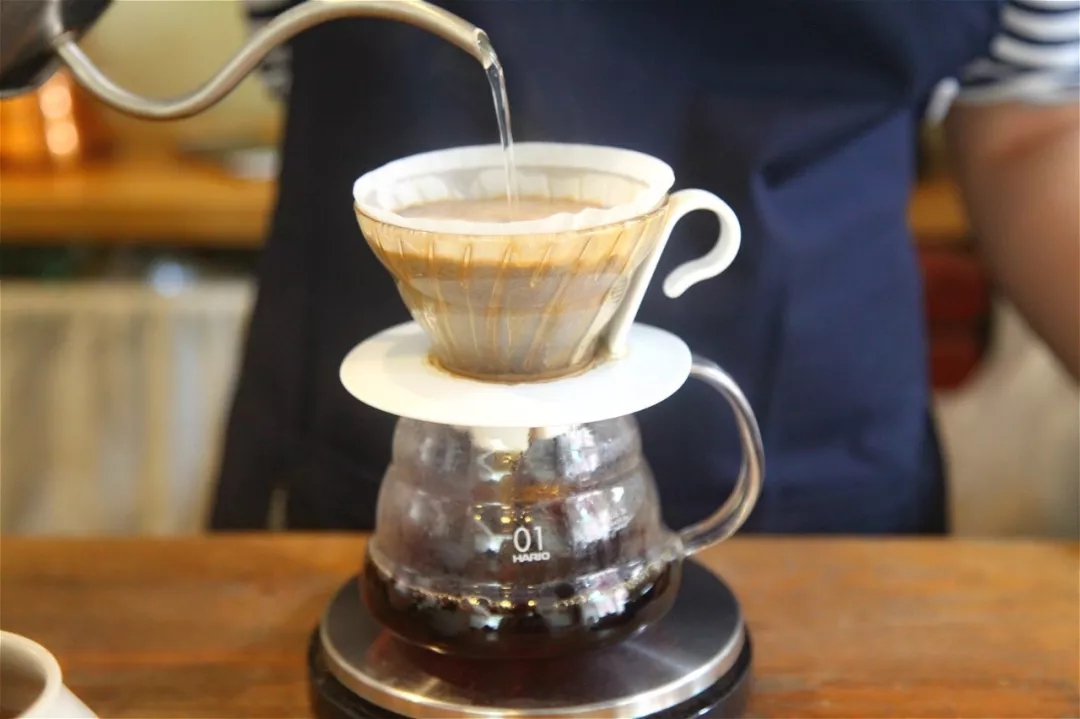
Generally speaking, it is set at "powder 1g: water 15g", which is what we often call the powder-to-water ratio at 1:15; take hot milk, for example, the more milk powder, the less hot water, this glass of milk must be too rich, right? The same is true of coffee, so we usually use 1, 12, 1, 18 as the extraction ratio. We suggest that we try to explore and practice in this range. Usually, the coffee brewed in this way by beginners will not make you have a high failure rate.
[effect and adjustment of powder-water ratio on flavor]
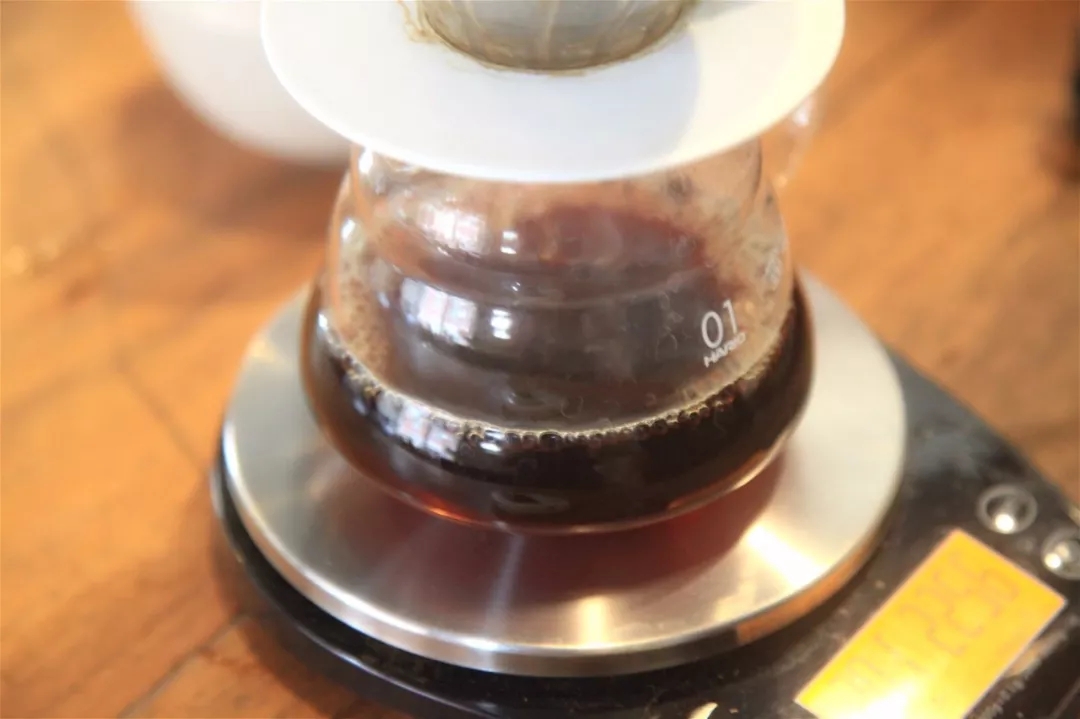
It is suggested that you can try to do the extraction directly from 1:18 at the beginning. If the flavor is not concentrated or strong enough, you can lower the proportion a little lower until 1:12 and keep it within this range. Why start at 1:18 instead of 1:12? The reason is very simple. If the coffee at 1:18 makes you feel very sour or bitter, just adjust the "water temperature" and "grinding" we mentioned earlier.
The ratio of powder to water is small = more flavor, more bitter taste and obvious sour feeling.
The ratio of powder to water is large = the taste is flat, the bitterness is reduced, and the sweet feeling is better.
Conclusion
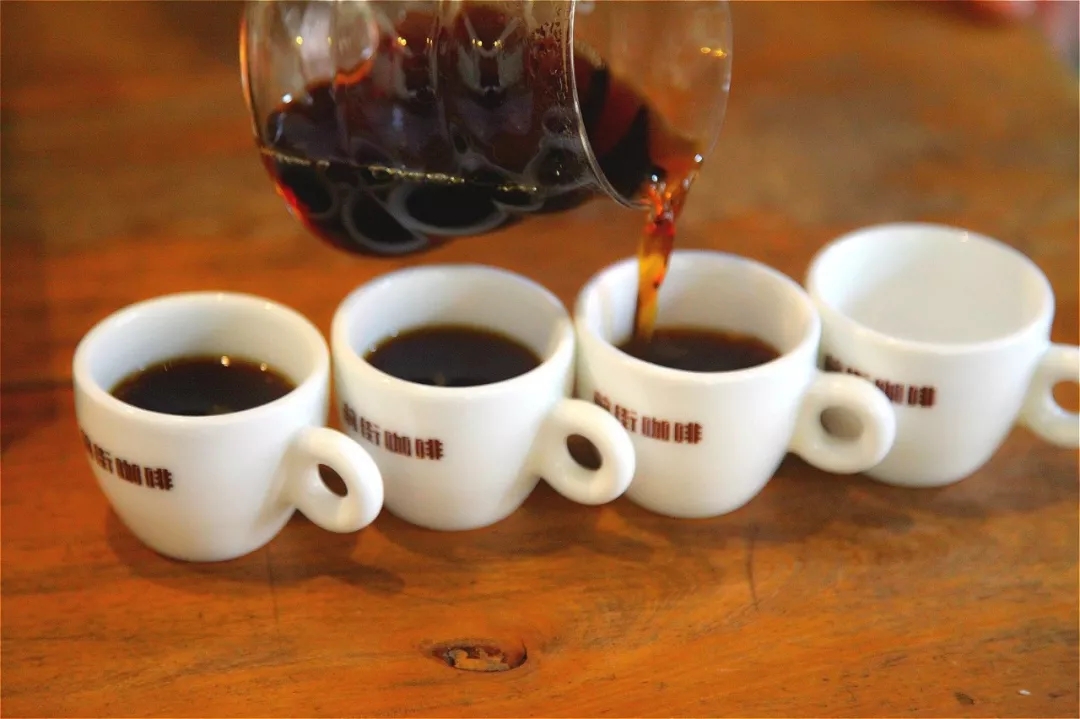
There is a lot of knowledge about hand-brewing coffee, and of course you can't talk about it all in one article, but if you can skillfully use the data of "water temperature", "coffee powder grinding" and "powder-water ratio" taught today, find out your preferred fixed formula (temperature, grinding thickness, proportion), and you can slowly get out of the coffee novice village!
Important Notice :
前街咖啡 FrontStreet Coffee has moved to new addredd:
FrontStreet Coffee Address: 315,Donghua East Road,GuangZhou
Tel:020 38364473
- Prev
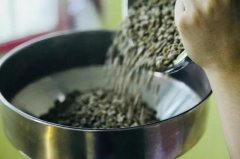
Tasting experience | Why does coffee taste so sweet? Where does coffee sweetness come from?
When I go to a coffee shop for coffee, I always hear the barista say that it has the sweetness of sugar and caramel, but it is not good to find it in one bite. So the question is, where does the sweetness of coffee come from? Why can others drink it but not themselves? | what is sweet? In fact, coffee is not bitter, you know, a raw coffee bean contains 5.
- Next
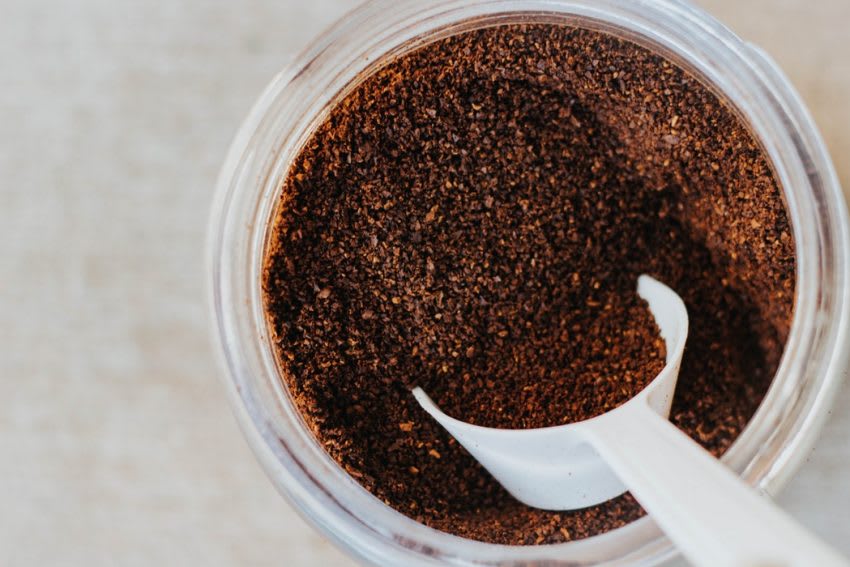
The difference between pre-ground coffee powder and fresh grinding! It might be better to pre-grind coffee powder?
Professional coffee knowledge exchange more coffee bean information Please follow the coffee workshop (Wechat official account cafe_style) when you come into contact with boutique coffee, you must hear some golden rules, one of which is always use only freshly ground coffee powder, do not use pre-ground powder, but iron must be the truth? Let's take a look at the pre-ground powder and grind it freshly with ourselves.
Related
- What is the meaning of lactic acid fermentation with coffee bean treatment?
- How to judge the state of foam by sound?
- How does the latte pull out the unicorn pattern? Come to get for a little trick to improve the flower pull!
- Will flower pulling affect the taste of the latte?
- Do you know the history of coffee?
- The difference between honey treatment and sun washing what is raisin honey treatment?
- What kind of milk can a novice use to make coffee foam to keep the foam longer? The correct method and skills of milking tutorial sharing
- Why do washed coffee beans taste sour? Flavor characteristics of washed Coffee
- Introduction to the skill of how to practice the size and height of water injection around the circle of hand-brewed coffee
- How do beginners practice coffee flower drawing from scratch?

